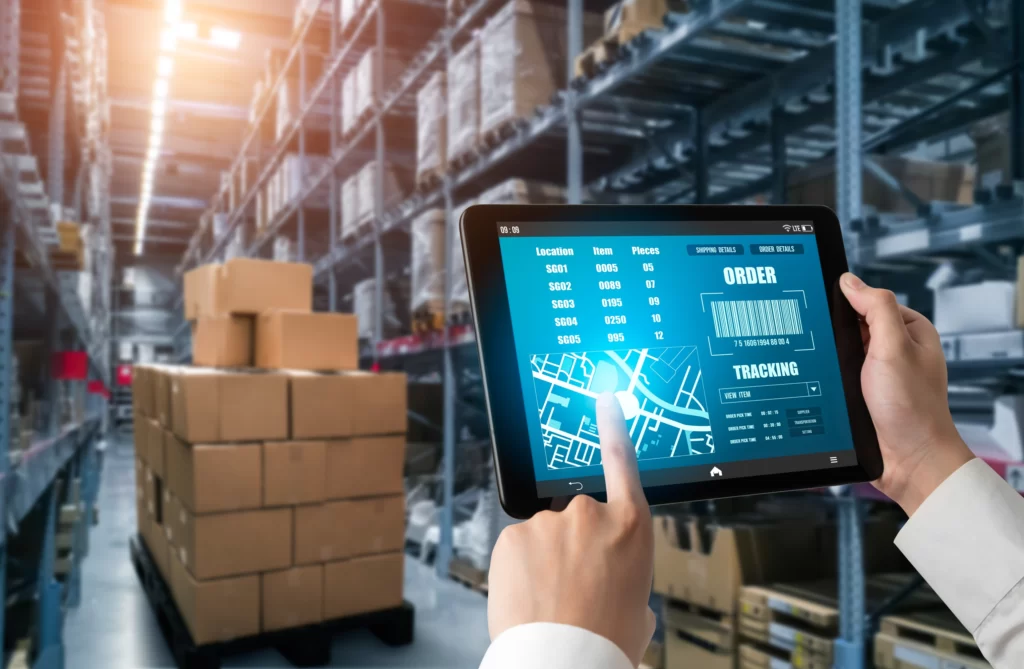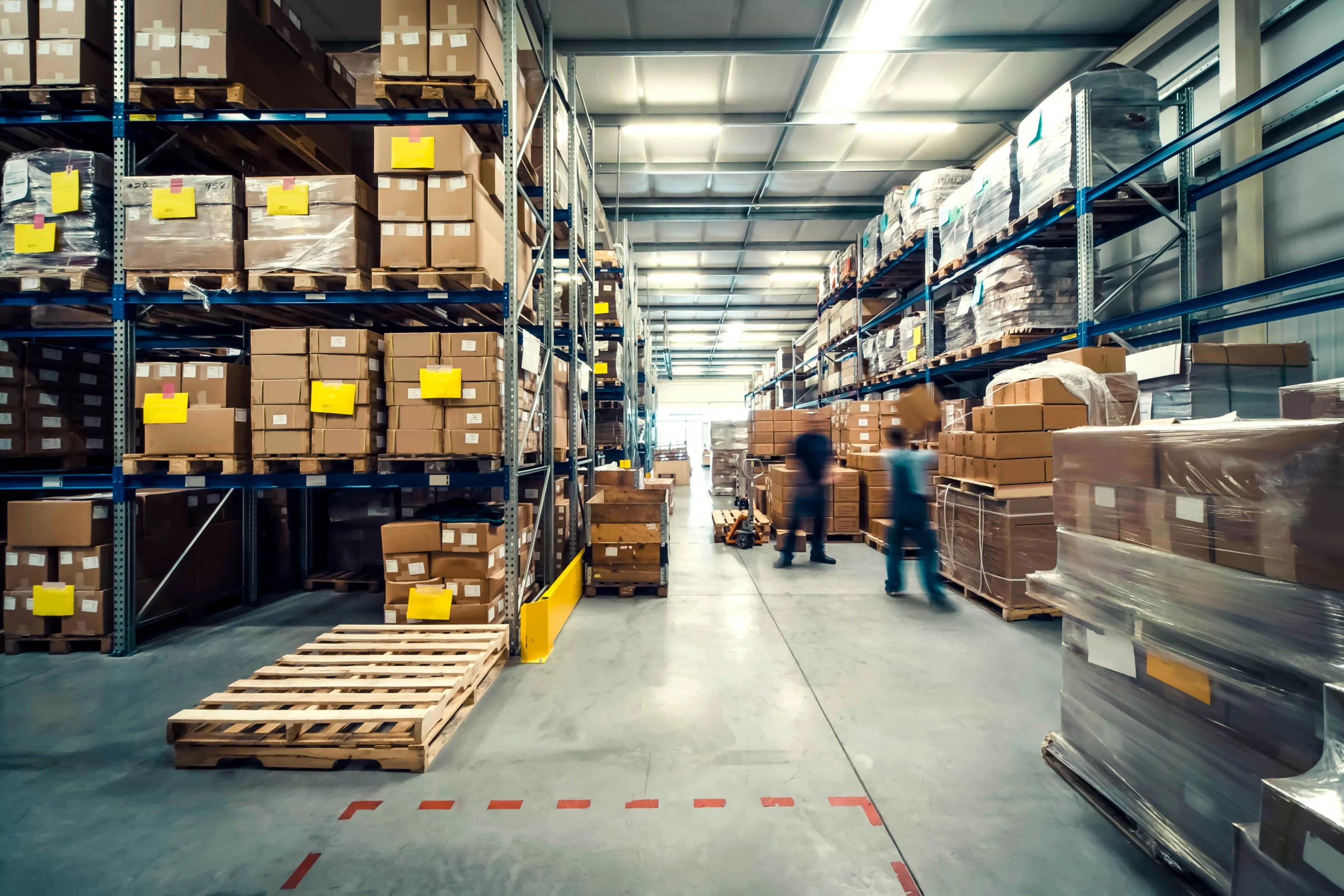Before looking at the differences between e-logistics (electronic logistics) and traditional logistics, let’s look at what logistics means and what elements the concept of logistics includes.
Logistics is the sum of procurement, storage, transport, distribution, management processes, planning, implementation and control processes of materials and products. In short, logistics is basically the process of systematic transport and management of products and materials from one place to another.

A good logistics process should include the following basic elements;
- Supply Chain Management: The logistics process includes the movement and management of a product or service in the entire process from the supplier to the producers, distributors and end users. Supply chain management aims to optimise material flow, reduce costs and increase customer satisfaction.
- Transport: It covers the process of organising the transport of products. It is decided what the transport method will be. One sea, road, air or railway transport method is selected and the logistics network is planned.
- Storage and Inventory: This is the process of storing products, monitoring inventory levels and, if necessary, procuring products in low stock.
- Distribution: It includes the management of distribution centres, order preparation and delivery processes of logistics products. It is the delivery of products from distribution centres to retailers or end users.
- Information Management: Information management is effective in improving business processes and decision-making processes. This process involves collecting, analysing, sharing and processing information effectively.
Logistics is one of the most effective parts in the growth of businesses. It serves the purposes of businesses such as reducing costs, increasing productivity, shortening delivery times and increasing customer satisfaction. Minimising the complexity of international trade also has a great role in reducing supply chain risks. For this reason, the logistics process has strategic importance, especially for businesses engaged in e-commerce operations.
Differences between e-logistics and traditional logistics
The main differences between e-logistics (electronic logistics) and traditional logistics arise in many aspects, such as how transactions are managed, how data is used and what the role of technology is. Let’s explain these differences below for a company supporting an e-commerce operation.
1. Business processes and data management
Traditional Logistics: In traditional logistics, data is usually tracked on paper or in a limited digitised form. Business processes such as orders, inventory, transport and delivery are managed manually or with legacy systems.
E-logistics: In e-logistics, business processes and data management are automated via digital platforms and software. Orders and inventory data are collected, analysed and shared in real-time. This enables faster and more precise transactions.
2. Order management
Traditional Logistics: Orders are usually received by text, telephone or paper order forms. This can lead to incorrect orders and delays.
E-logistics: It offers faster and more accurate order processing thanks to online order forms, order platforms and automation in e-commerce businesses. Customers can easily place their orders online, instantly and quickly.
3. Inventory management
Traditional Logistics: Inventory is tracked manually, which can create complexity. As a result, inventory losses may occur frequently.
E-logistics: E-commerce operations have features such as real-time inventory tracking and automatic reordering. Suppliers and vendors can even see each other’s stocks, and in case of low stocks, vendors can purchase products with supplier demand. With this way, you can optimize stock management and reduce inventory losses.
4. Distribution and delivery
Traditional Logistics: Distribution and delivery processes take a longer time in traditional logistics. Orders usually take longer time delivered to customers
E-logistics: E-logistics includes automated routing, optimisation and tracking systems for fast and efficient deliveries. Customers can also track their orders and it takes less time for orders to reach customers.
5. Customer relations and feedback
Traditional Logistics: It’s more difficult to get customer feedback and maintain the relationship. Usually, feedback is only received over the phone and not recorded..
E-logistics: E-commerce operations use digital tools and social media to collect customer feedback and manage customer relationships. Recorded customer service line, WhatsApp line and Chat are among the most commonly used customer feedback tools.
6.Data analysis and improvements
Traditional Logistics: In traditional logistics, data collection and analysis processes are very slow and limited.
E-logistics: By analysing big data, e-commerce operations can continuously improve their business processes, determine their shortcomings and improve them. Thus, they can make better decisions and determine their growth targets.
Considering these differences, companies with e-commerce operations can optimise their business processes, reduce costs and increase customer satisfaction with e-logistics solutions.
With our fiCommerce e-logistics solutions, you can optimise your business, follow your development and take your business to an international scale. Contact us to meet our e-logistics solutions!





